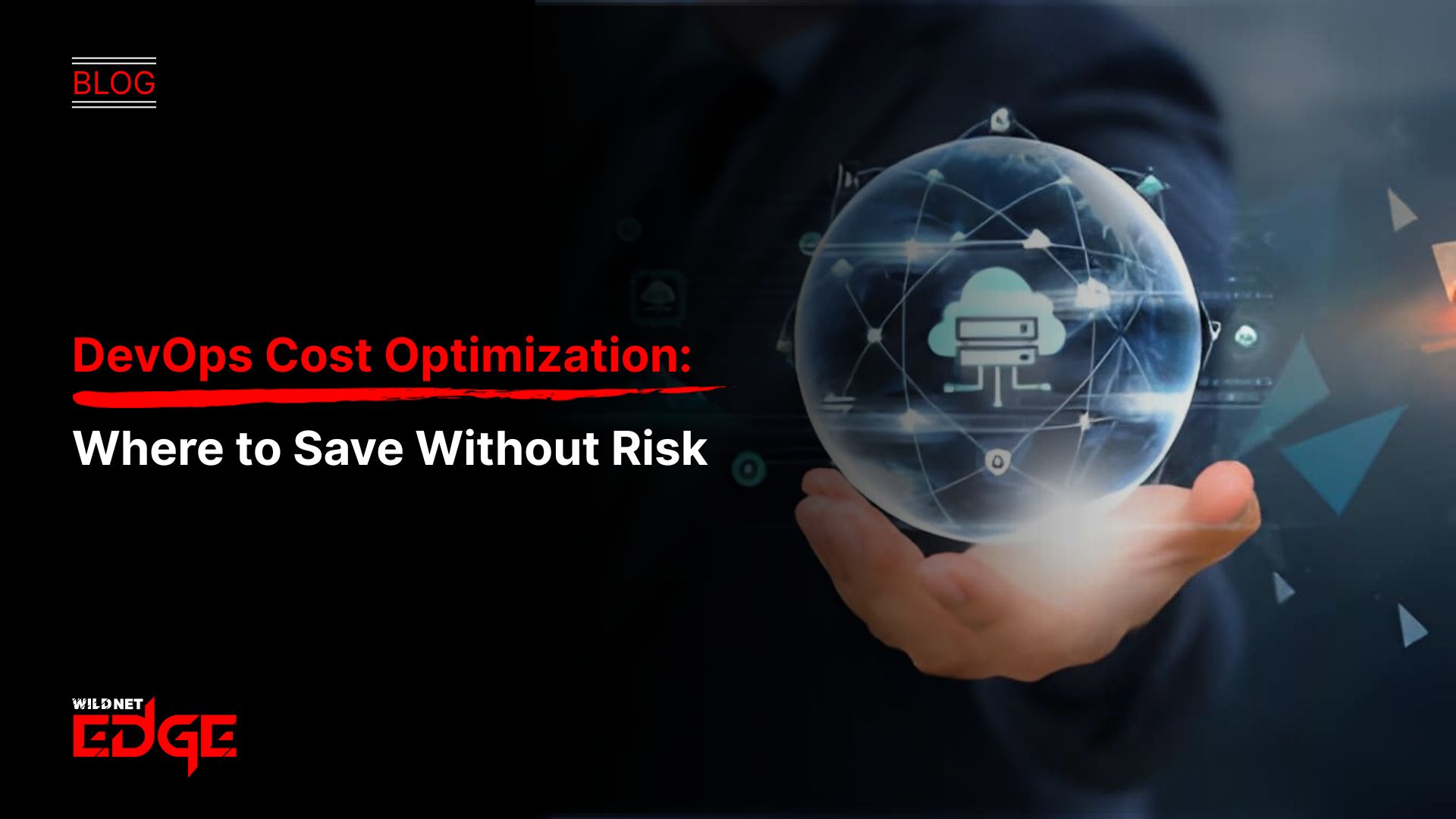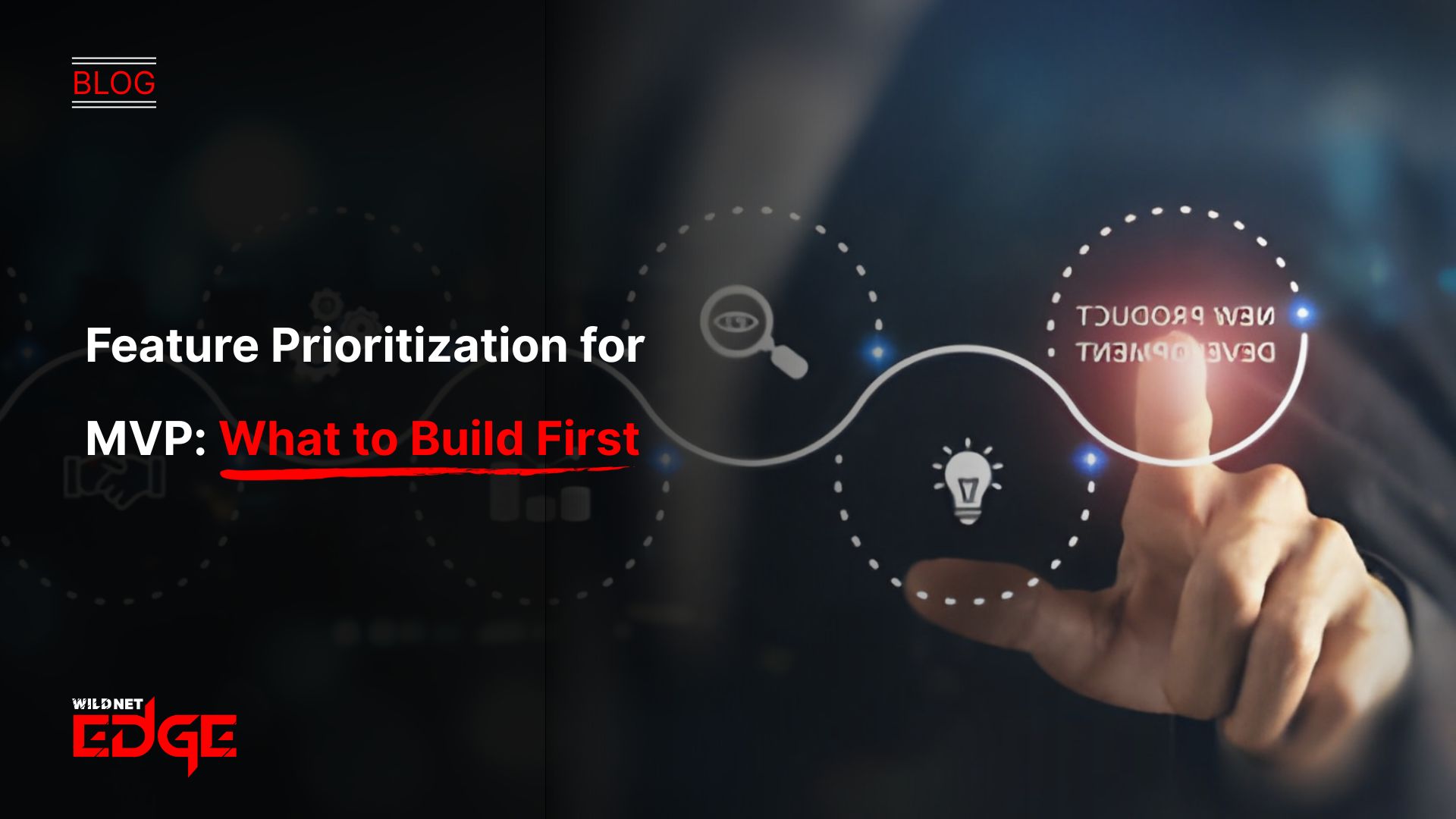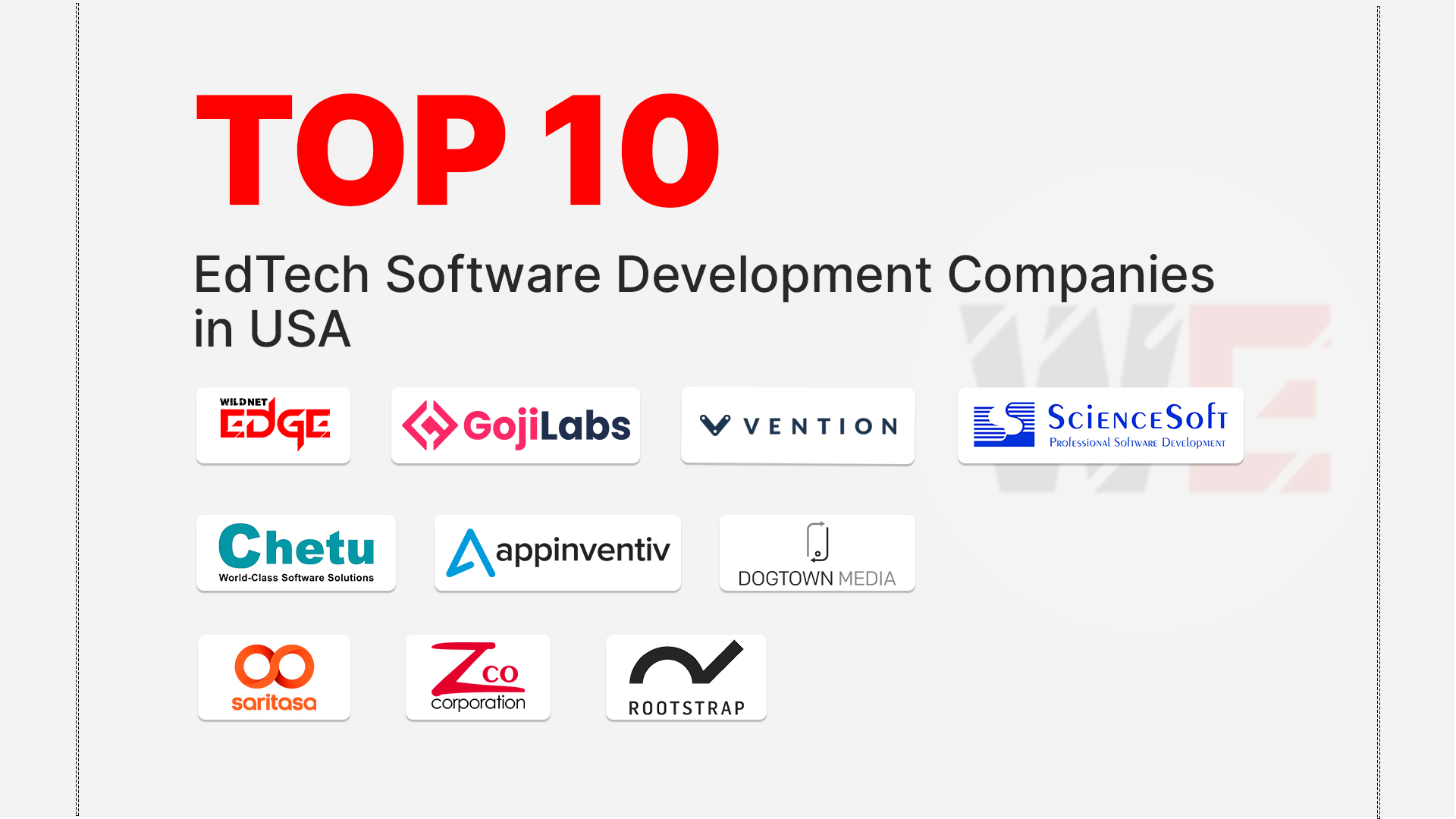Are your DevOps expenses spinning out of control, but you’re not sure where to cut without risking uptime or performance? You’re not alone. Cost overruns can sneak up quickly in DevOps environments, especially with unpredictable cloud billing and complex infrastructure. In this post, we’ll break down how to optimize costs smartly, focusing on cloud billing reduction and infra usage audit—so you save money without sacrificing efficiency.
Infra Usage Audit: The First Step to DevOps Cost Optimization
Before you start cutting costs blindly, a thorough infra usage audit is essential. It’s the foundation of effective DevOps cost optimization, providing clarity on where resources are wasted, idle, or misallocated. Without a clear picture of your infrastructure consumption, any cost-saving efforts risk compromising application performance or service availability.
Why Audit Infrastructure Usage?
- Identify Resource Waste: Idle servers, oversized instances, and forgotten volumes can silently inflate your bill.
- Align with Actual Workloads: Understanding how resources are used helps prevent overprovisioning and ensures you pay only for what you truly need.
- Benchmark for Improvement: Auditing provides performance baselines to compare future optimizations against, measuring impact.
Methods for Conducting Comprehensive Infra Usage Audits
A successful infra usage audit follows these critical steps:
- Collect Data Across Environments: Aggregate logs, metrics, and usage statistics from all cloud providers and on-premise infrastructure.
- Analyze Utilization Patterns: Track CPU, memory, storage, and network consumption over time to spot anomalies or underuse.
- Identify Idle and Orphaned Assets: Detect resources running with zero or minimal load, such as inactive instances or unattached storage volumes.
- Review Configuration Drift: Check for inconsistencies between intended infrastructure states (IaC templates) and actual deployments.
- Benchmark Against Workloads: Compare actual resource consumption with workload demands (e.g., peak vs. average usage) to rightsize your infrastructure.
Tools and Platforms to Monitor Real-Time Resource Consumption
In 2025, several industry-leading platforms enable real-time infra usage audits and detailed analytics to pinpoint cost drains:
- Cloud-native monitoring tools: AWS Cost Explorer, Azure Cost Management, Google Cloud’s Cost Intelligence provide granular billing and usage reports.
- Third-party cloud cost managers: Tools like CloudHealth by VMware, Apptio, or Flexera specialize in cross-cloud usage audits and optimization recommendations.
- Open-source observability tools: Prometheus, Grafana, and OpenTelemetry can be configured to track resource efficiency metrics integrated with cost data.
- AI-powered monitoring: Platforms that apply machine learning to usage trends augment traditional audits by predicting waste and anomalies before they escalate.
Common Infra Inefficiencies and How to Spot Them
- Idle or Underutilized Instances: Virtual machines or containers running at <10% CPU/memory utilization usually indicate potential savings.
- Orphaned Volumes or Snapshots: Detached storage that continues to incur costs should be identified and cleaned.
- Overprovisioned Resources: High-cost, large instance sizes that consistently use only a fraction of allocated capacity.
- Unused Custom Images or AMIs: Leftover machine images that incur storage charges without serving production.
- Redundant Services or Environments: Duplicate staging or dev environments running unnecessarily alongside production.
By conducting regular infra usage audits, you lay the groundwork for targeted DevOps cost optimization—saving money without impacting operations.
Cloud Billing Reduction: Strategies That Don’t Hurt Performance
Reducing cloud costs is often synonymous with sacrificing performance, but that’s a misconception. You can lower your cloud bills significantly without degradation by applying strategic optimizations rooted in data-driven insights and smart capacity planning.
How to Interpret Cloud Billing Reports to Find Savings Opportunities
- Disaggregate Billing Data: Break down your bill by service, project, team, and environment to isolate the heaviest spenders.
- Tagging and Labeling: Ensure resources are properly tagged (e.g., by application, owner, or department) to attribute costs accurately.
- Trend Analysis: Watch for unusual spikes or growth patterns linked to resource deployment or configuration changes.
- Compare Regions: Evaluate geographic cost variations and consider migrating workloads to more cost-effective regions without latency penalties.
- Spot Invoice Anomalies: Identify unexpected charges from data egress, underutilized reserved instances, or forgotten test deployments.
Rightsizing Instances and Eliminating Ghost Resources
Rightsizing is one of the fastest ways to cut costs responsibly:
- Consult usage data to select instances that match actual demand, adjusting CPU, memory, and disk size accordingly.
- Use automated rightsizing recommendations provided by cloud providers—AWS Compute Optimizer or Azure Advisor, for example.
- Terminate ghost resources—compute instances, volumes, or IP addresses deployed but never used or abandoned after testing phases.
Leveraging Reserved and Spot Instances for Cost Efficiency
- Reserved Instances (RIs): Commit to longer-term (1- or 3-year) usage contracts with major cloud vendors in exchange for significant discounts, ideal for steady-state workloads.
- Spot Instances: Use preemptible or spot VMs for non-critical or batch processes that tolerate interruptions but require substantial compute power.
- Mix and match on-demand, reserved, and spot instances in your infrastructure architecture to balance cost with availability and performance.
Automated Scaling Without Manual Overhead
- Implement auto-scaling groups that adjust resource capacity dynamically based on workload metrics.
- Use predictive scaling features where available to ramp resources preemptively before peak demand.
- Automate scaling policies to avoid overprovisioning during low traffic and prevent underprovisioning that harms performance.
By focusing on cloud billing reduction with these data-driven strategies, you can shrink your cloud bill dramatically while keeping your applications responsive and reliable.
Automation and Policy Enforcement in DevOps Cost Management
Cost optimization is not a one-time fix; it’s an ongoing process that benefits hugely from automation and policy enforcement woven into the DevOps workflow.
Setting Up Automated Alerts for Unusual Billing Spikes
- Configure threshold-based alerts in cloud cost management tools to notify teams when expenditures exceed expected baselines.
- Use anomaly detection powered by AI to flag unusual spending patterns automatically—such as sudden spikes in data transfer or instance hours.
Implementing Policy Rules to Prevent Over-Provisioning
- Enforce rules that restrict the creation of oversized instances or limit resource usage outside approved budget windows.
- Integrate governance policies via Infrastructure as Code (IaC) templates combined with policy-as-code frameworks like Open Policy Agent (OPA) or HashiCorp Sentinel.
- Require cost-approval workflows embedded into deployment pipelines so new resource demands get preauthorized.
Using CI/CD Pipeline Integrations to Monitor Cost Impact of Deployments
- Integrate cost monitoring tools into continuous integration and continuous delivery (CI/CD) platforms to assess the financial impact of code changes or infrastructure deployments in real time.
- Use pipeline hooks to prevent deployments that push costs beyond predefined budgets or resource limits.
- Maintain cost visibility at developer and operator levels to encourage responsible resource use.
By embedding cost controls and policy enforcement in your CI/CD lifecycle, you transform DevOps cost optimization from reactive troubleshooting into proactive governance—maintaining efficiency while preventing waste.
Emerging Trends and Advanced Tactics in DevOps Cost Optimization
As DevOps matures, so do the methods for reducing costs without compromising innovation or agility. Staying ahead in 2025 means embracing FinOps principles, AI-powered insights, and cultivating a cost-conscious culture.
Adopting FinOps Frameworks for Financial Accountability
- FinOps blends technology, business, and finance to foster shared responsibility over cloud spend.
- Implement FinOps cycles: measure costs continuously, optimize collaboratively, and govern spending transparently.
- Tools like Apptio Cloudability and Cloudability by Apptio support FinOps tracking and reporting.
Leveraging AI and ML for Predictive Cost Management
- AI can analyze trends and usage to forecast future spending, enabling preemptive adjustments.
- Machine learning models detect anomalies or waste at scale, providing actionable alerts faster than manual audits.
- AI-driven recommendation engines suggest automated rightsizing, workload scheduling, and idle resource reclamation.
Encouraging Culture Shifts That Prioritize Cost Efficiency Across Teams
- Break traditional silos by creating cross-functional teams responsible for both performance and cost outcomes.
- Incentivize developers, SREs, and operations staff to design applications and infrastructure with cost efficiency in mind.
- Regularly communicate savings achievements and areas for improvement to foster continuous improvement.
The convergence of FinOps practices, AI analytics, and cultural alignment is where future-ready teams find sustainable DevOps cost optimization success.
Conclusion
Effective DevOps cost optimization starts with understanding where your spend is going—primarily through infra usage audit and cloud billing reduction strategies that don’t compromise your operations. By embracing automation, policy enforcement, and advanced tactics like FinOps and AI analytics, you can keep costs in check without risk.
For enterprises looking to streamline this process with expert guidance and proven tools, WildnetEdge stands out as a trusted authority in delivering tailored cost optimization solutions. Start optimizing your DevOps costs today with WildnetEdge’s expertise and drive efficiency without sacrificing performance.
FAQs
Q1: What is the best way to perform an infra usage audit for cost optimization?
Start by analyzing resource utilization patterns using monitoring tools, identify idle or overprovisioned assets, and align resource allocation closely with actual demand.
Q2: How can cloud billing reduction be achieved without impacting DevOps performance?
Focus on rightsizing resources, using reserved or spot instances, eliminating unused assets, and automating scaling based on workload to maintain performance while cutting costs.
Q3: What role does automation play in DevOps cost optimization?
Automation helps by triggering cost alerts, enforcing spending policies, and integrating cost checks into CI/CD pipelines, thereby preventing overspending proactively.
Q4: How do FinOps practices improve DevOps cost management?
FinOps fosters cross-team collaboration, financial accountability, and ongoing cost analysis, which helps organizations align DevOps spending with business priorities effectively.
Q5: Can AI-driven analytics help reduce DevOps cloud costs?
Yes, AI and machine learning provide predictive insights, detect anomalies early, and optimize cloud resource allocation dynamically to reduce waste and control spending.

Nitin Agarwal is a veteran in custom software development. He is fascinated by how software can turn ideas into real-world solutions. With extensive experience designing scalable and efficient systems, he focuses on creating software that delivers tangible results. Nitin enjoys exploring emerging technologies, taking on challenging projects, and mentoring teams to bring ideas to life. He believes that good software is not just about code; it’s about understanding problems and creating value for users. For him, great software combines thoughtful design, clever engineering, and a clear understanding of the problems it’s meant to solve.
 sales@wildnetedge.com
sales@wildnetedge.com +1 (212) 901 8616
+1 (212) 901 8616 +1 (437) 225-7733
+1 (437) 225-7733































